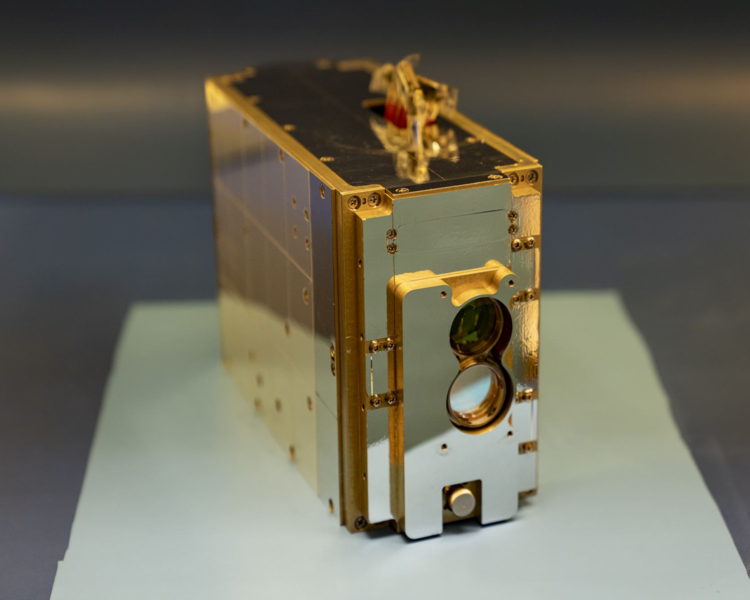NASA has sent data between a satellite in orbit and Earth at the highest rate ever achieved, it says, using laser communication technology.
On the 28th of April, NASA and its partners managed to transmit data at 200 gigabits per second (Gbps) via a space-to-ground optical link, doubling the figure achieved by the same team in June last year.
The data link was made by the TeraByte InfraRed Delivery (TBIRD) system, which was carried into orbit by NASA’s Pathfinder Technology Demonstrator 3 (PTD-3) satellite.
“Achieving 100Gbps in June was groundbreaking, and now we’ve doubled that data rate – this capability will change the way we communicate in space,” said Beth Keer, the mission manager for TBIRD at NASA’s Goddard Space Flight Center in Greenbelt, Maryland. “Just imagine the power of space science instruments when they can be designed to fully take advantage of the advancements in detector speeds and sensitivities, furthering what artificial intelligence can do with huge amounts of data. Laser communications are the missing link that will enable the scientific discoveries of the future.”

The TeraByte InfraRed Delivery (TBIRD) is a payload on the PTD-3 mission. (Image: Massachusetts Institute of Technology’s Lincoln Laboratory)
The achievement was made possible by laser communication technology, which uses the oscillations of light waves to hold more information than conventional radio systems.
For example, TBIRD can transmit multiple terabytes of test data to Earth during a single six-minute pass over a ground station. To put that into perspective, one terabyte is the equivalent of about 500 hours of high-definition video.
NASA says this technology holds promise for future missions to the Moon and Mars, where efficient and data-rich communications are essential for space operations and research.
PTD-3, built and operated by Terran Orbital of Irvine, California, is a CubeSat – a small, cost-effective satellite designed for testing communications technologies. Likewise, the TBIRD payload, designed and built by the Massachusetts Institute of Technology Lincoln Laboratory (MIT-LL), is around the size of a tissue box.
PTD-3 was launched into orbit on SpaceX’s Transporter-5 rideshare mission from NASA’s Kennedy Space Centre in Florida. Moving relative to the Sun, it passed over the ground station on Earth at the same time twice each day so that the team could test the TBIRD’s communications link.


